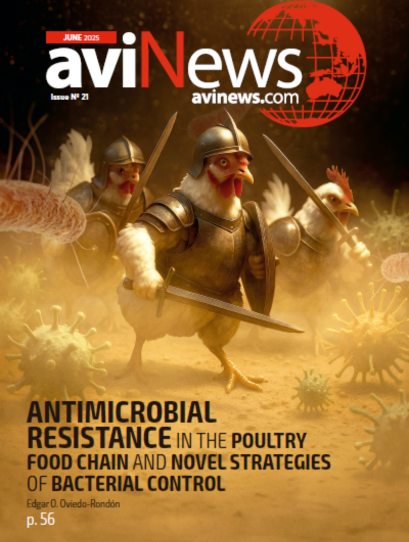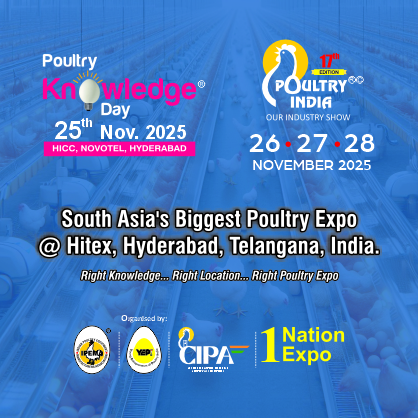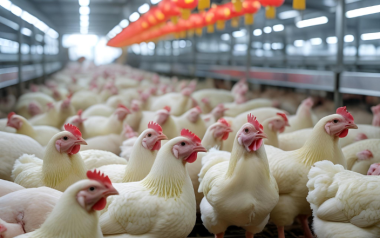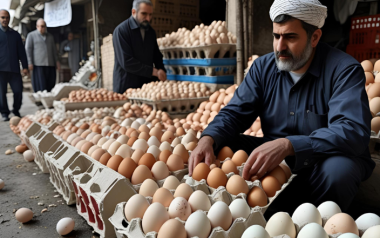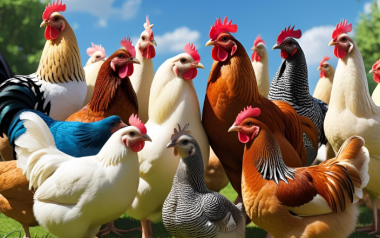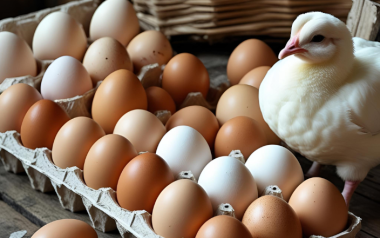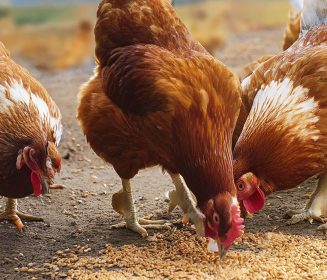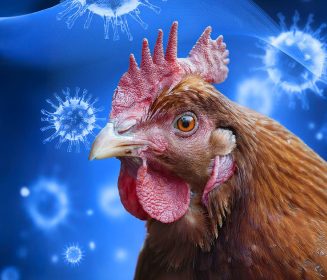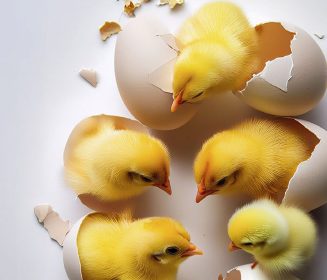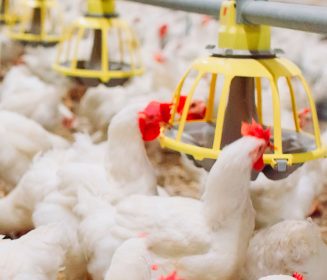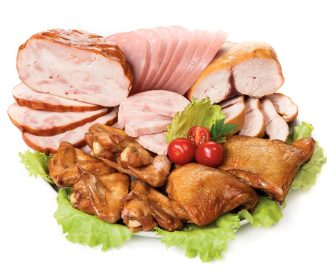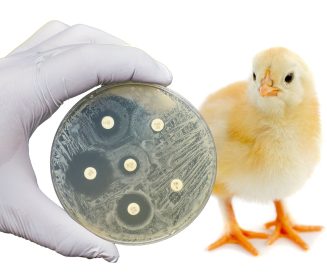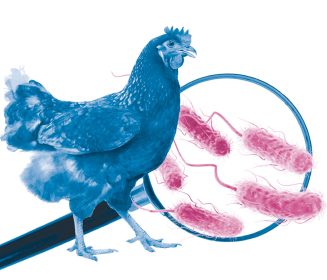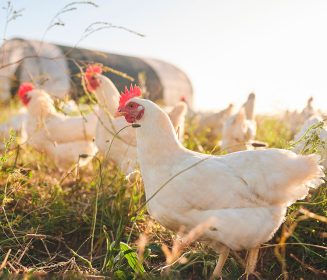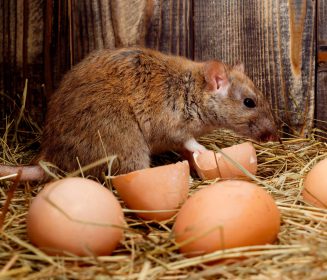Sources: Available upon request
25 Jul 2025
China’s poultry faces low-profit era
China’s poultry industry, once a beacon of rapid growth and resilience, is now entering a challenging phase marked by declining profitability.
China’s poultry industry, once a beacon of rapid growth and resilience, is now entering a challenging phase marked by declining profitability. After years of expansion, the sector is grappling with oversupply, weak domestic demand, and volatile global trade dynamics, all of which are squeezing margins for producers.
- In 2024, China’s poultry meat production rose by 3.8% to 26.6 million tonnes, the highest growth among all livestock categories.
- However, this surge in output has not translated into financial gains.
- Prices for white-feathered broilers remain weak, and demand has stagnated, leading to small but persistent losses at the farm level.
- Although feed costs have slightly decreased, they have not been enough to offset the broader financial strain.
Oversupply is at the heart of the issue. Domestic broiler production has expanded rapidly, outpacing consumption and pushing prices downward. This has not only hurt local producers but also reduced the competitiveness of imported poultry. In 2024, poultry imports dropped by over 30% compared to the previous year, while exports rose by 37%, signaling a shift toward self-sufficiency and a growing export orientation.
- Despite this export growth, the domestic market remains under pressure.
- Consumer preferences are evolving, with a growing demand for processed and health-conscious poultry products.
- Yet, overall consumption is plateauing, partly due to the stabilization of pork prices, which had previously driven consumers toward chicken as a cheaper alternative.
Trade tensions and biosecurity concerns further complicate the landscape. Strict import restrictions due to avian influenza and geopolitical frictions with major trading partners like the U.S. and the EU have reshaped China’s poultry trade. While new suppliers such as Kazakhstan and Serbia have entered the market, the volume of imports continues to decline.
Looking ahead, industry experts predict continued turbulence. The market is expected to rebalance gradually, but profitability will likely remain low in the near term. Structural inefficiencies, such as uneven farm sizes and outdated production methods, may hinder recovery unless addressed through innovation and policy support.
In this new era, survival will depend on adaptability. Producers who can pivot toward value-added products, embrace technology, and align with shifting consumer trends will be better positioned to weather the storm.

